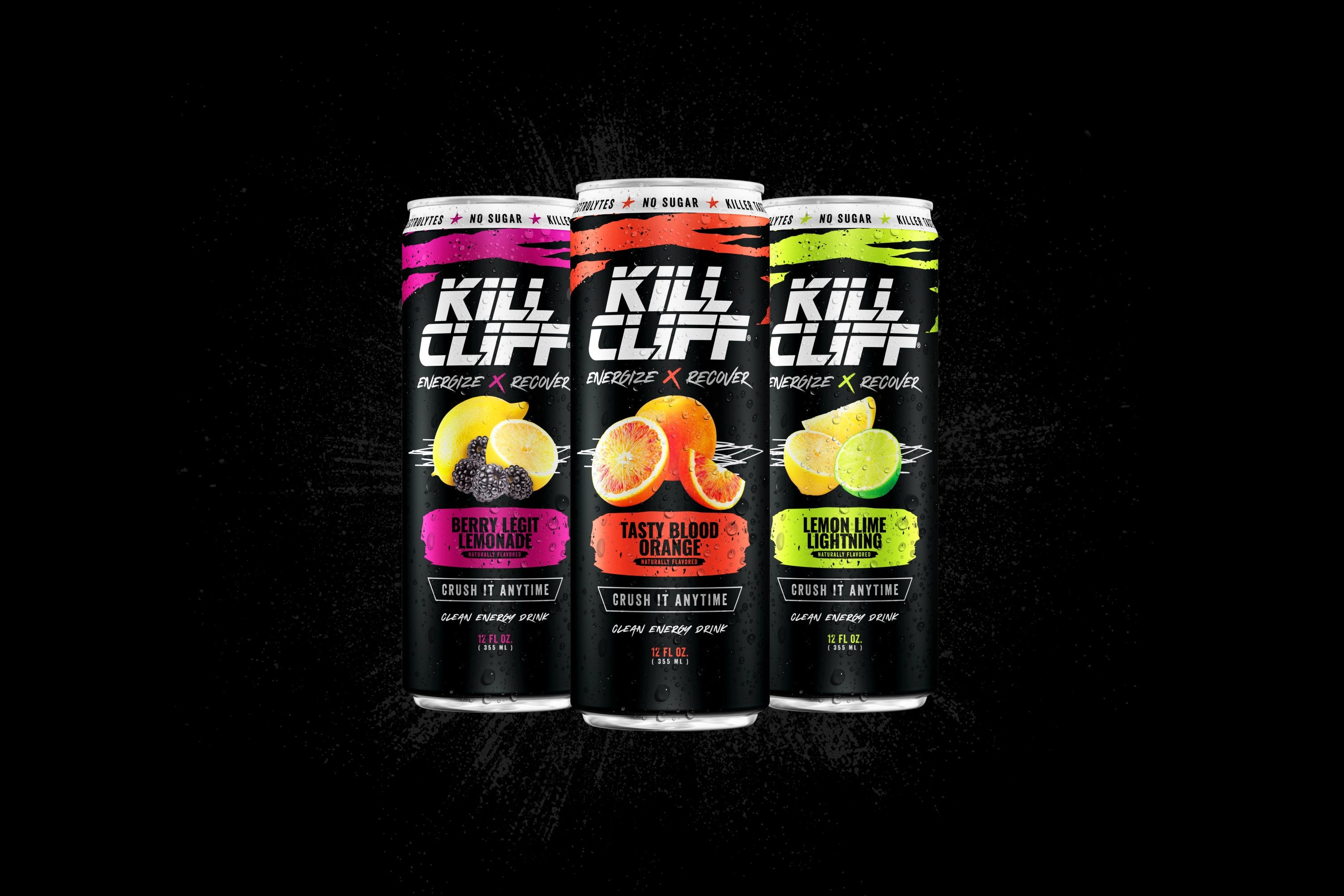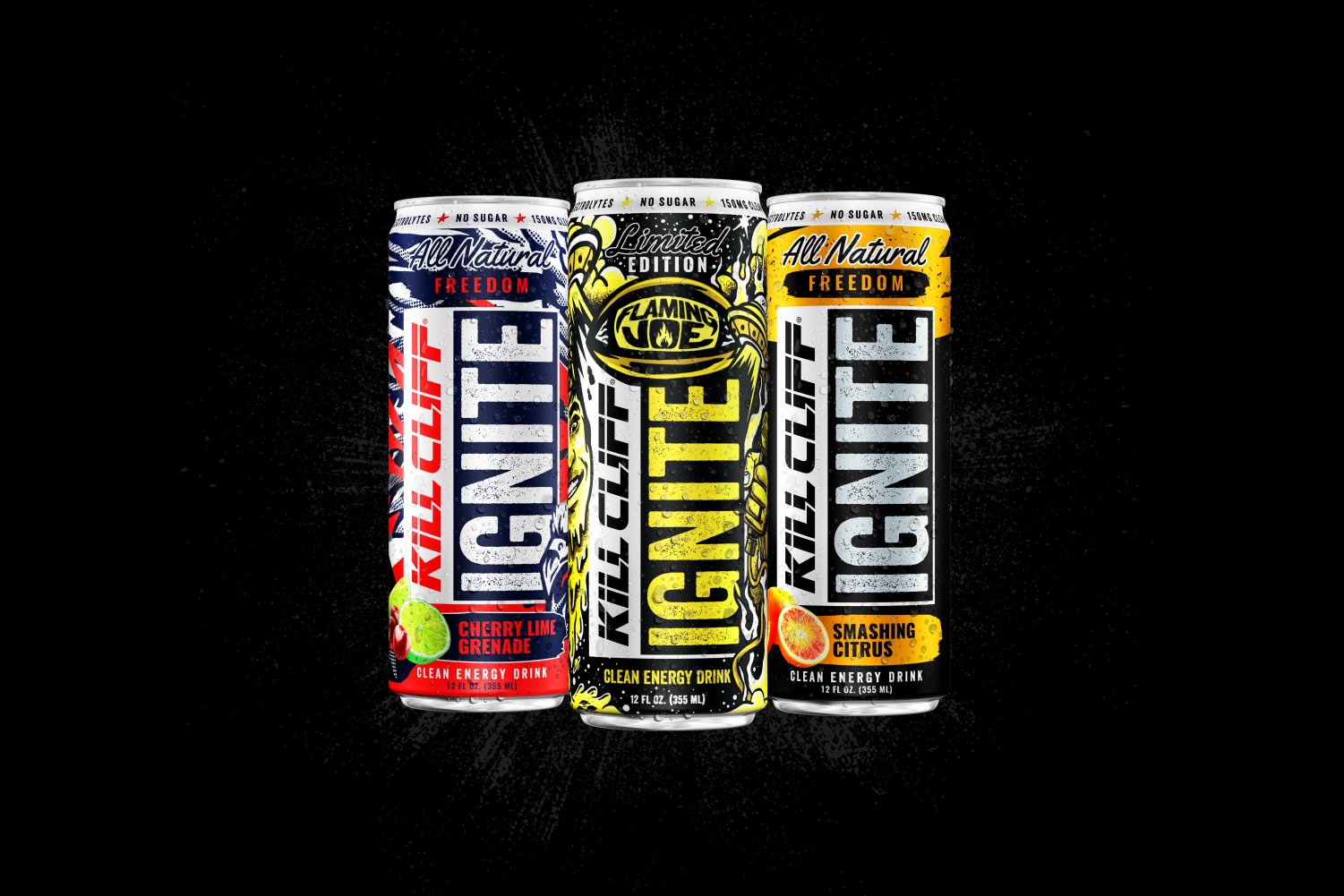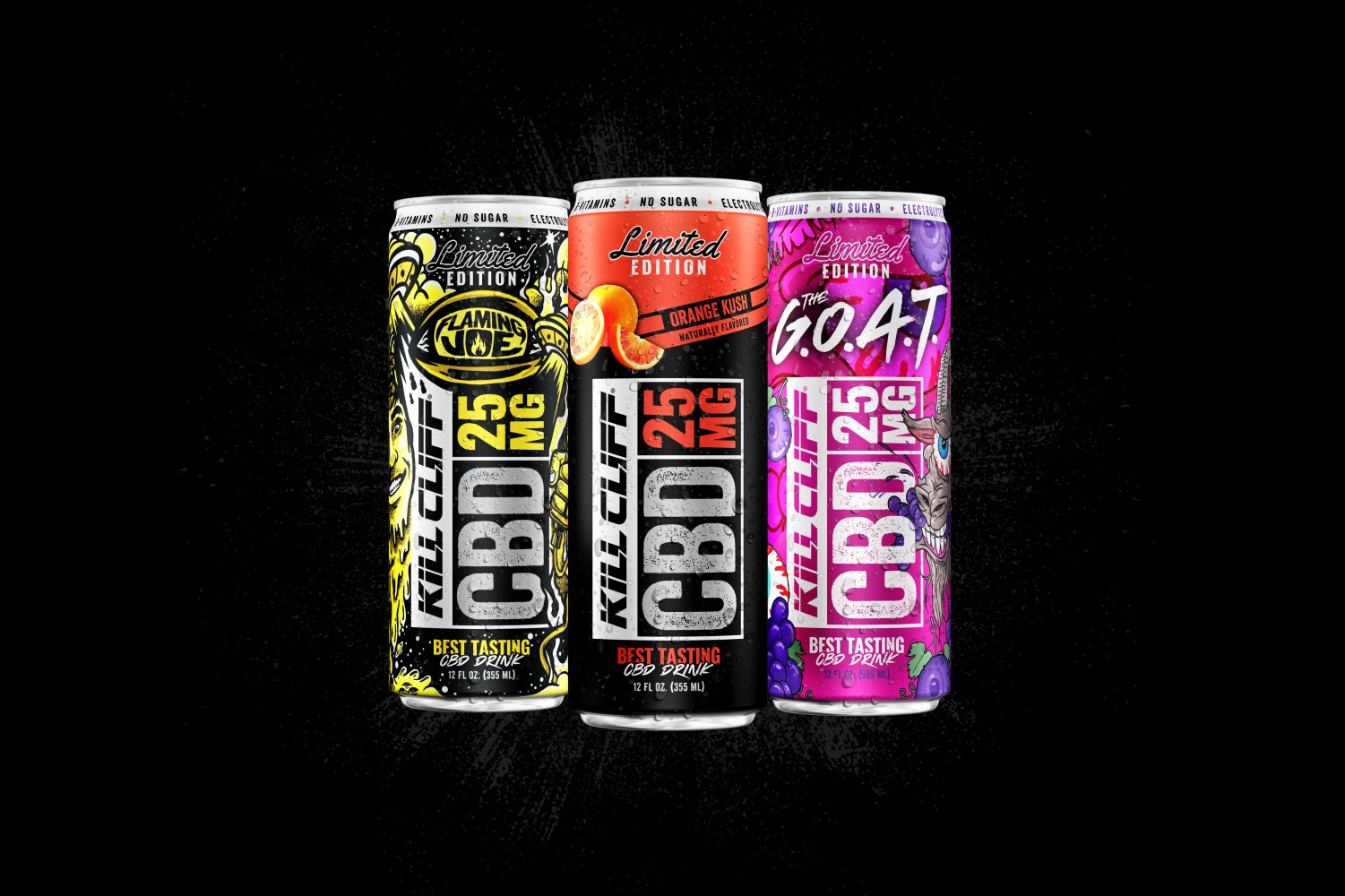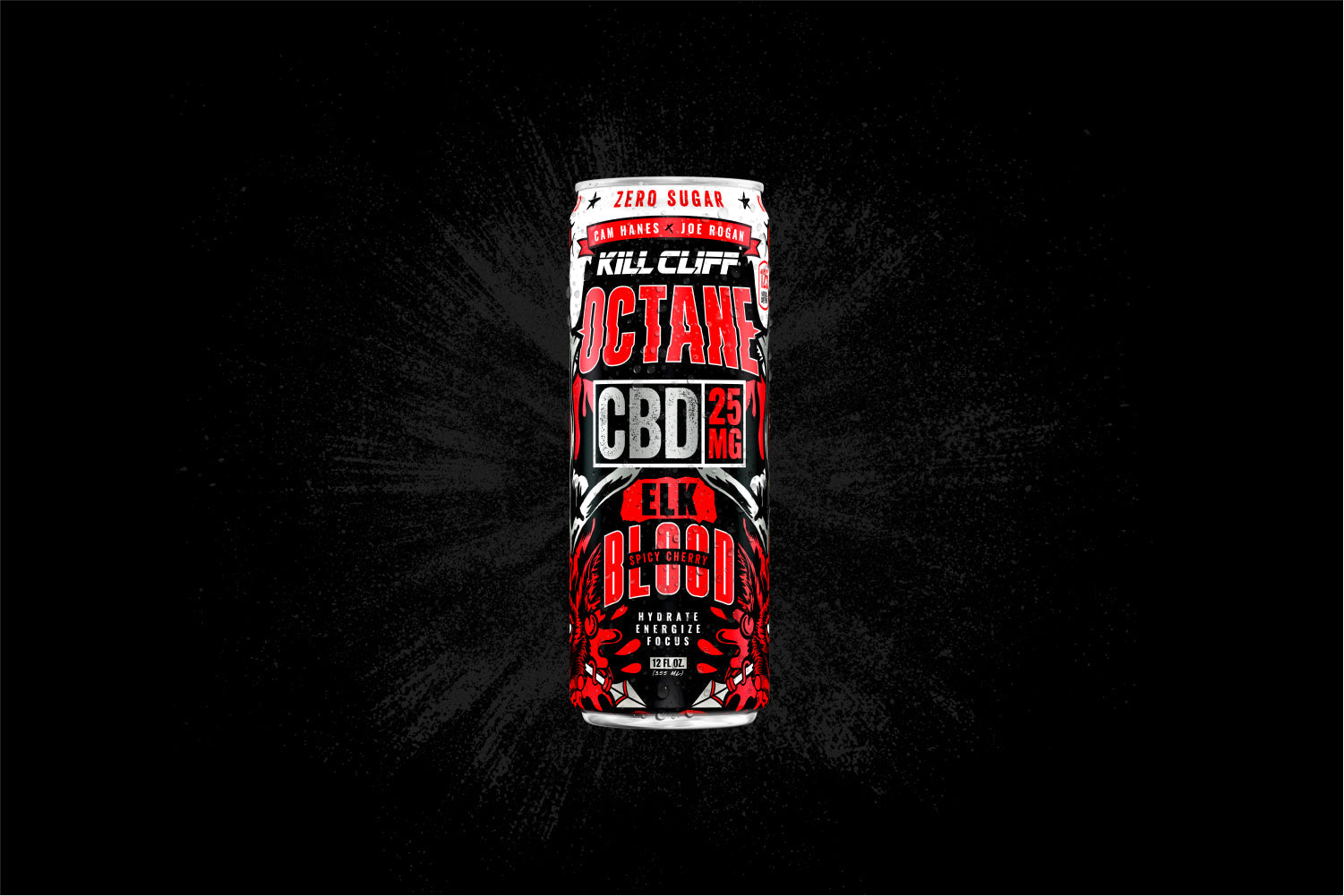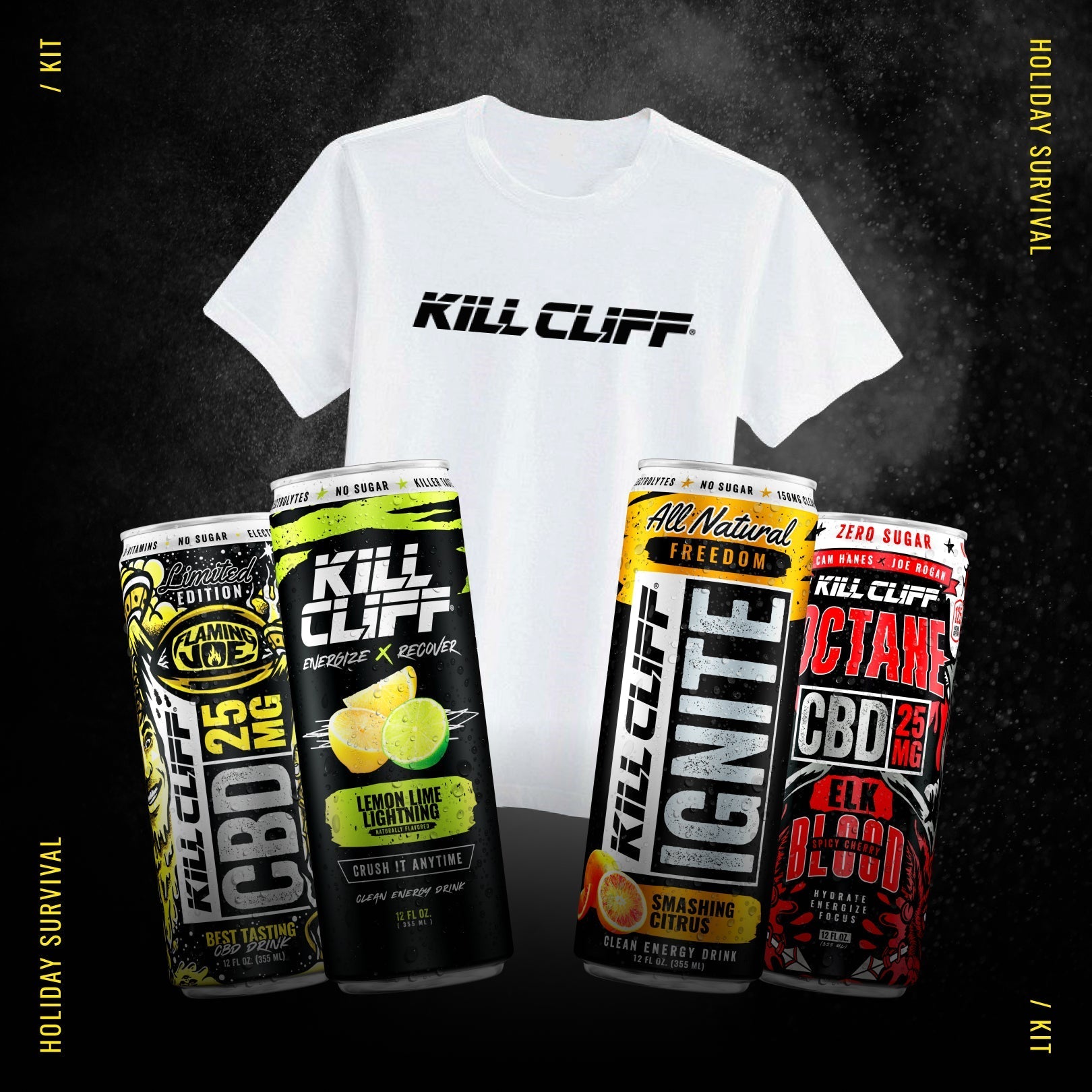I work with far too many athletes and people who miss out on the full benefits of their training by failing to put in the time to recovery properly. It is easy to feel like progress is being made when you are breathing hard, your legs are burning, and sweat is pouring. Slowing down, being stationary, and recovering often doesn’t feel like “real work,” and too many people head right for the door the moment their workout is over.
You wouldn’t run your car without doing the necessary maintenance or at least your car wouldn’t run very long without the needed upkeep. Fail to change the oil…and the pistons will seize. Keep running with a check engine light…eventually, the car won’t be running at all. Our bodies are the same way. If we fail to do the proper upkeep, eventually our bodies will break down. Athletes that recover and avoid injury, can stick to a program and make steady, incremental progress.
A proper recovery routine also supports muscle growth. Muscles are made up of fascia which bind up muscle fibers like the casing of a hot dog. For muscles to grow larger they need room to build. A proper recovery routine that helps break up fascia allows muscle fibers the room to expand and grow. When you add proper nutrition and hydration as part of a recovery routine, you maximize the return on your training. Additionally, after a workout when your muscles and joints are warm is the best time to make gains in flexibility and mobility.
So what does a proper recovery routine look like. Here are my five simple rules for recovery that athletes can consistently incorporate into their training.
Set a clock for 12 minutes - In my experience, athletes often fail to establish a recovery routine because they do not think they have the time. They envision an hour-long yoga sessions to work on all their flexibility and mobility weaknesses. I’ve found that if a routine takes too long, it is difficult to have the consistency needed to see improvement.
I tell my athletes to set a clock for 12 minutes and stick with it…if you can’t put in 12 minutes for body maintenance, then stop reading now. Start your 12-minute recovery routine by counteracting the stress on the muscles and joints you just worked out.
First 4 minutes: Mash the most fatigued muscles – Use a foam roller or lacrosse ball or anything you can find to spend four minutes mashing on the muscles you just worked. You can find hundreds of specific techniques online, but the goal is to use pressure to release the fascia of the muscles while they are still warm. Focus on the muscles that were the most taxed during the workout. For example, if you did lots of squatting, use a foam roller on your glutes for two minutes each side.
Next 4 minutes: Stretch to counteract your workout. – Spend the next few minutes stretching the muscles you just mashed. Choose a stretch that exaggerates the most extended position of your workout. A long extended down dog is great for after lots of running. If you did heavy deadlifts, sit in a straight legged stretch for your hamstrings. For recovery, you want to spend at least one minute holding each pose. Ease into each stretch to a point of tension but not pain (too much pain can trigger a tensing response in muscles). I recommend focusing on holding two good, long stretches to counteract your workout.
Final 4 minutes: Do mobility triage every day – most athletes have one joint or muscle mobility limitation that negatively impacts their performance and increases the likelihood of injury. For a lot of my athletes, limited ankle mobility hurts their ability to squat, run, and move properly. I ask these athletes to spend four minutes of every recovery routine session on their ankles. We focus on 1-2 stretches or joint mobilization exercises. The key is consistency. Four minutes a day doesn’t do much, but over the course of the year it can make lasting changes in range of motion.
Don’t wait to hydrate – hydration is a critical component of recovery. Starting your hydration immediately post workout can replace fluids lost. Adding essential electrolytes like sodium and potassium will increase your body’s ability to regulate its hydration for the next day’s training session. I personally like KILL CLIFF Clean Recovery & Hydration drinks because it provides hydration, electrolytes, and b-vitamins without added sugars found in other sport drinks. I like to treat myself to an ice-cold Blood Orange one to during my twelve-minute recovery routine.
Get boring with your nutrition – The name of the game is consistency, not variety. Your recovery routine nutrition should be easy, predictable, and aligned with your fitness goals. Find a post snack that works and stick with it for a few months.
For post workout, I recommend women to consume 20-30 grams and men 30-50 grams within half an hour after they are done working out. Total calorie and carbohydrate needs vary with your personal goals. For people looking to increase performance, a 2:1 carb to protein ratio is usually a good starting point. For weight loss, I recommend avoiding high glycemic carbs. They key is to have a repeatable, simple snack you can chuck in your bag and eat at the end of your recovery routine.
Example recovery routines:
Workout: Running sprints or interval training
12 minute recovery routine:
- 4 minutes: two minutes per leg mashing hamstrings with a foam roller
- 4 minutes of stretching: one minute of deep runners lunge each leg. Two minutes down dog easing deeper into calf and hamstring stretches.
- 4 minutes of mobility triage: two minutes of banded ankle stretching (if that is your limitation)
- Post workout nutrition & hydration (goal is performance): Kill Cliff recovery drink, One scoop Ascent Whey protein, Larabar, orange. ~400 calories with 2:1 carb to protein ratio.
Kill Cliff Recover is a specialized blend of plant extracts, enzymes, b-vitamins, and electrolytes to support hydration and post-workout recovery. drink whenever you need to get back to full speed.
